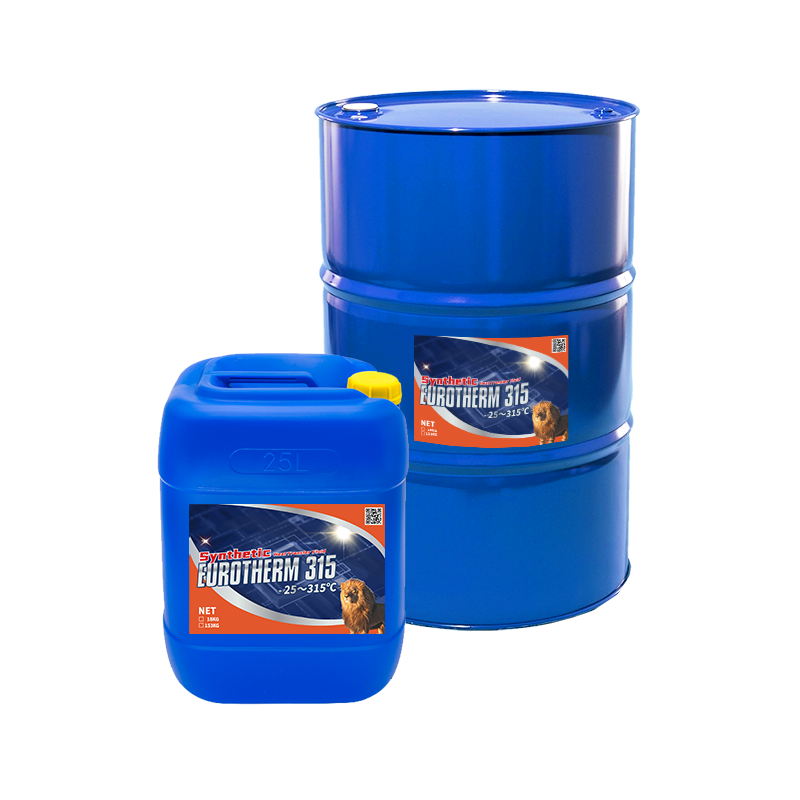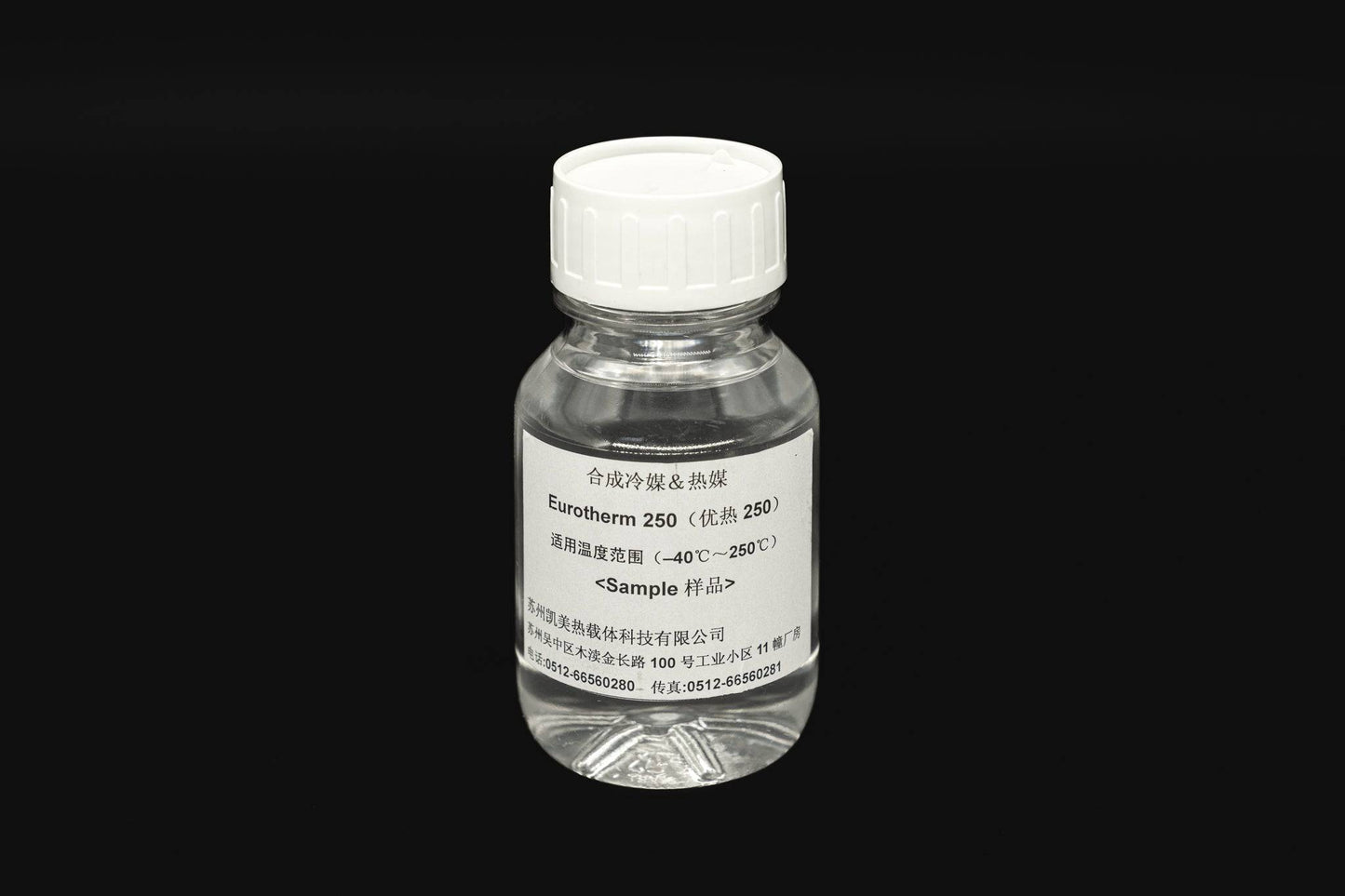Excitement About Chemie
Table of ContentsThe Best Strategy To Use For ChemieThe Basic Principles Of Chemie The Best Guide To ChemieThe Best Strategy To Use For ChemieAll About ChemieEverything about Chemie
By Bojanna Shantheyanda, Sreya Dutta, Kevin Coscia and David SchiemerDynalene, Inc. Liquid cooling, which can be achieved making use of indirect or straight means, is utilized in electronic devices applications having thermal power thickness that may exceed risk-free dissipation with air cooling. Indirect fluid cooling is where warmth dissipating digital parts are literally divided from the fluid coolant, whereas in situation of direct air conditioning, the components are in straight contact with the coolant.Nonetheless, in indirect air conditioning applications the electrical conductivity can be important if there are leakages and/or spillage of the liquids onto the electronics. In the indirect cooling applications where water based fluids with corrosion inhibitors are normally utilized, the electrical conductivity of the fluid coolant primarily relies on the ion focus in the fluid stream.
The increase in the ion concentration in a shut loophole fluid stream might happen due to ion leaching from metals and nonmetal elements that the coolant fluid is in contact with. During procedure, the electric conductivity of the liquid may boost to a level which might be unsafe for the air conditioning system.
The Facts About Chemie Uncovered
The samples were enabled to equilibrate at room temperature level for 2 days before recording the initial electric conductivity. In all tests reported in this research study fluid electrical conductivity was gauged to an accuracy of 1% utilizing an Oakton disadvantage 510/CON 6 collection meter which was calibrated before each dimension.
How Chemie can Save You Time, Stress, and Money.
from the wall surface home heating coils to the center of the heater. The PTFE example containers were positioned in the heating system when stable state temperature levels were reached. The examination setup was gotten rid of from the heating system every 168 hours (7 days), cooled to room temperature with the electrical conductivity of the liquid measured.
The electric conductivity of the fluid example was kept track of for an overall of 5000 hours (208 days). Schematic of the indirect shut loophole cooling experiment set up. Components utilized in the indirect shut loop cooling experiment that are in call with the fluid coolant.

6 Simple Techniques For Chemie
During operation the liquid tank temperature level was preserved at 34C. The modification in liquid electric conductivity was checked for 136 hours. The liquid from the system you can try these out was collected and saved. Shut loop test with ion exchange material was carried out with the same cleaning procedures employed. The initial electrical conductivity of the 230ml UP-H2O in the system gauged 1.84 S/cm.

0.1 g of Dowex material was contributed to 100g of fluid examples that was taken in a separate container. The blend was mixed and alter in the electrical conductivity at space temperature was measured every hour. The measured modification in the electric conductivity of the UP-H2O and EG-LC examination fluids having polymer or metal when involved for 5,000 hours at 80C is revealed Figure 3.
Some Known Incorrect Statements About Chemie
Figure 3. Ion seeping experiment: Measured adjustment in electric conductivity of water and EG-LC coolants consisting of either polymer or steel examples when submersed for 5,000 hours at 80C. The results show that metals contributed less ions into the liquids than plastics in both UP-H2O and EG-LC based coolants. This could be because of a slim steel oxide layer which may work as a barrier to ion leaching and cationic diffusion.
Liquids having polypropylene and HDPE exhibited the most affordable electrical conductivity changes. This could be due to the short, stiff, linear chains which are less most likely to contribute ions than longer branched chains with weaker intermolecular pressures. Silicone additionally carried out well in both test liquids, as polysiloxanes are usually chemically inert because of the high bond energy of the silicon-oxygen bond which would certainly protect against deterioration of the product into the fluid.
How Chemie can Save You Time, Stress, and Money.
It would be anticipated that PVC would create comparable outcomes to those of PTFE and HDPE based on the comparable chemical structures of the products, nevertheless there may be various other contaminations existing in the PVC, such as plasticizers, that might influence the electric conductivity of the fluid - dielectric coolant. Furthermore, chloride groups in PVC can likewise seep into the test liquid and can trigger a rise in electric conductivity
Polyurethane completely disintegrated right into the test liquid by the end of 5000 hour test. Prior to and after images of metal and polymer samples submersed for 5,000 hours at 80C in the ion leaching experiment.
Calculated modification in the electrical conductivity of UP-H2O coolant as a function of time with and without resin cartridge in the shut indirect air conditioning loophole experiment. The measured adjustment in electric conductivity of the UP-H2O for 136 hours with and without ion exchange material in the loop is displayed in Number 5.
Comments on “The Ultimate Guide To Chemie”